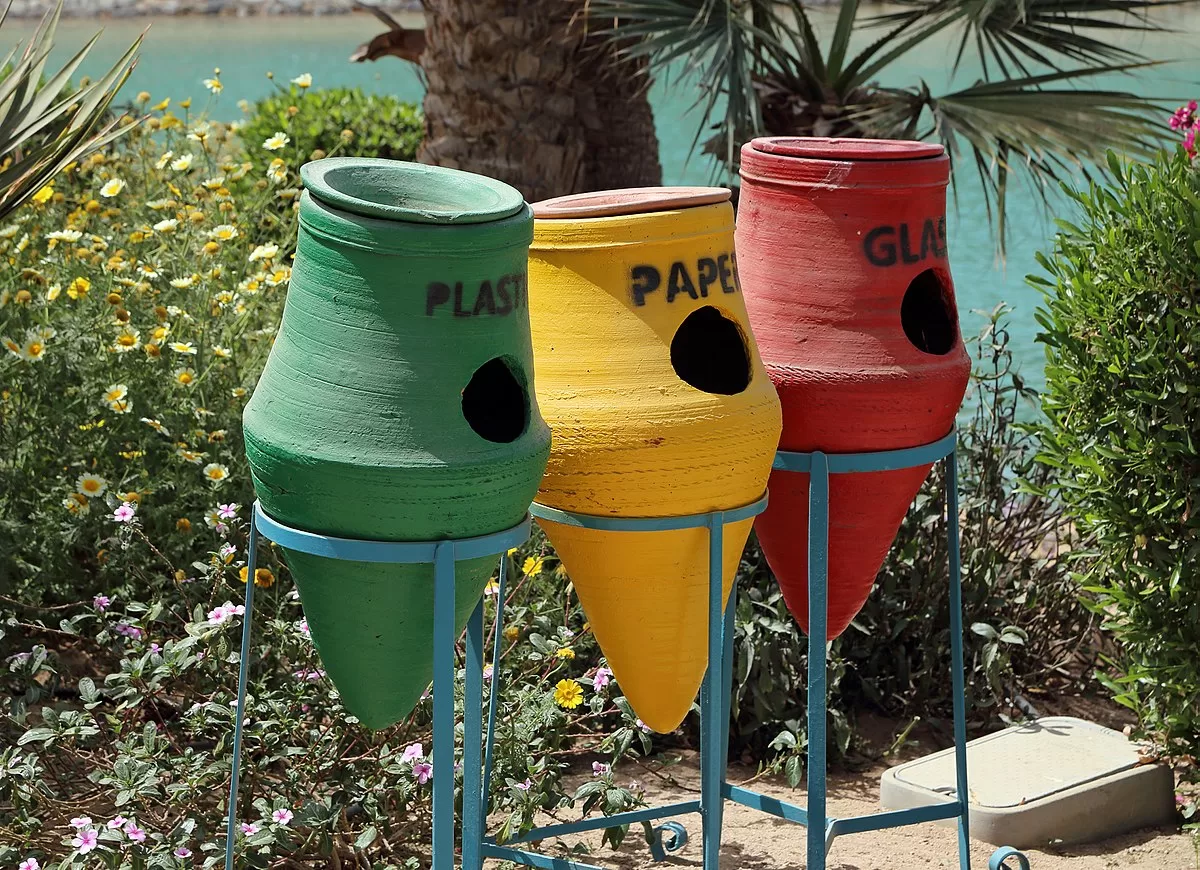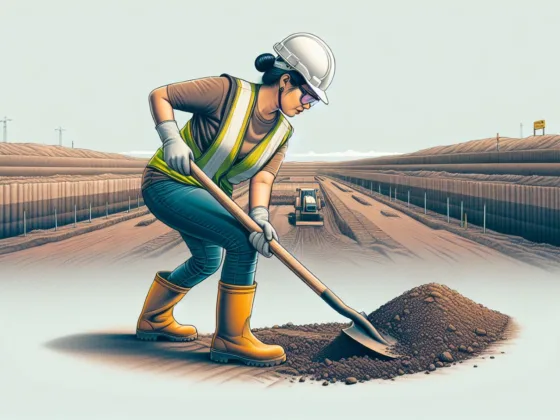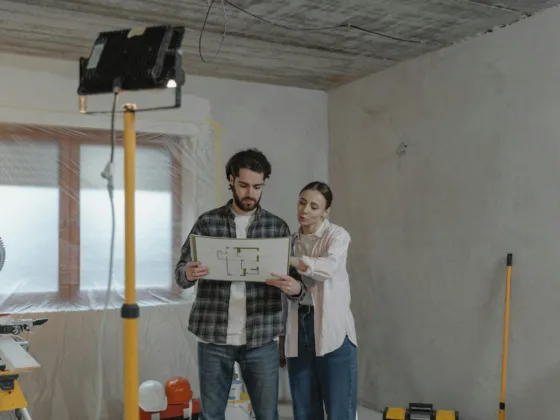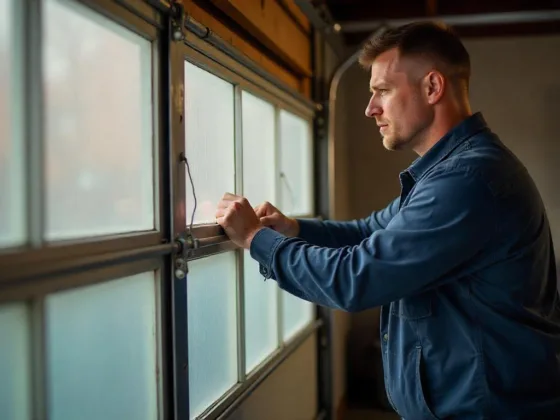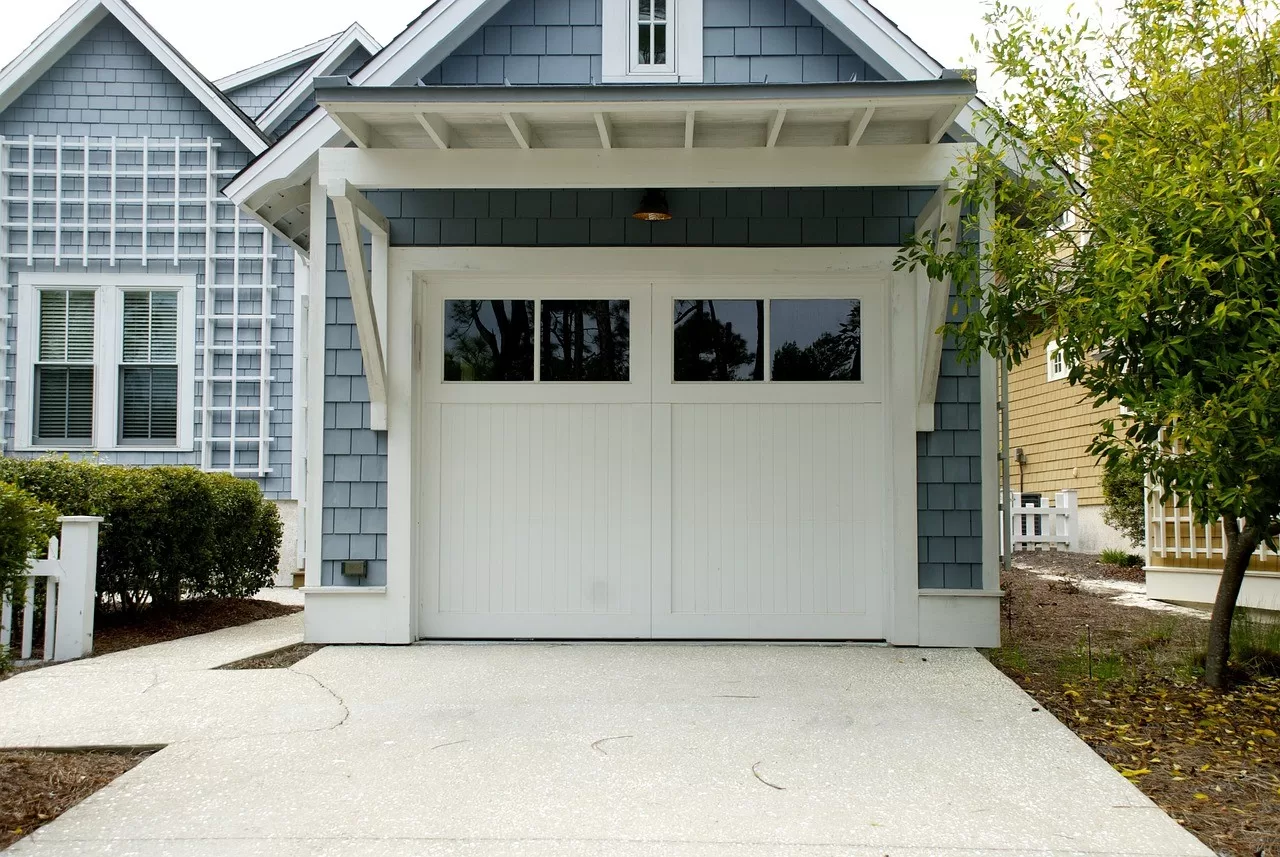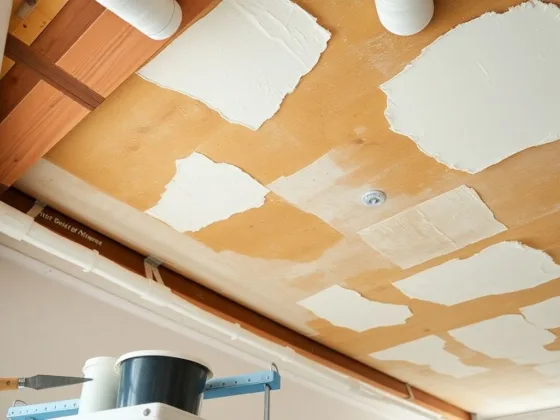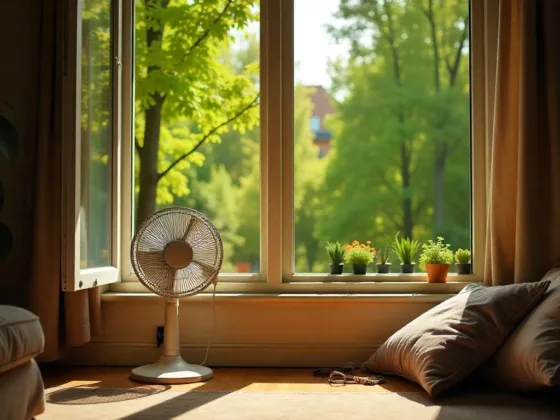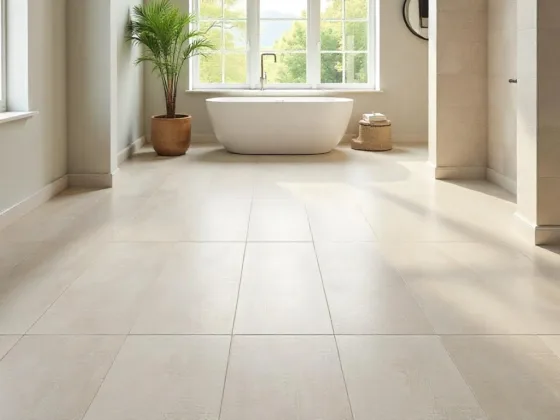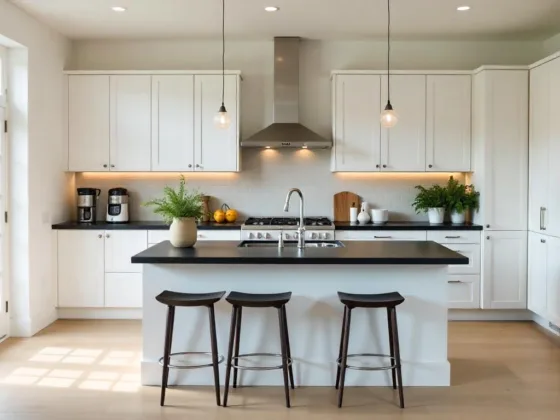Sustainable home improvement is the practice of modifying, renovating, or upgrading your home in a manner that reduces the environmental impact and promotes sustainability.
The concept of sustainability is centered around the preservation of natural resources and reducing waste production, which is a crucial step toward mitigating the effects of climate change.
In this article, we will explore waste management and eco-friendly practices in sustainable home improvement.
Waste Management
Reducing the amount of waste you produce and properly managing it is vital for sustainable home improvement and can even save you money in the long run, which is why hiring a reliable rubbish removal company is a great option. Here are some tips to ensure efficient waste management in your home.
1. Reduce
The best way to manage waste is to reduce the amount of waste you produce in the first place. This can be achieved by making conscious choices when purchasing products. Consider buying products that have minimal packaging or packaging made from sustainable materials.
Buy products that can be reused, recycled, or composted. You can also reduce waste by choosing products that are durable and can be used for an extended period, reducing the need to replace them frequently.
2. Reuse
Before you throw away any item, consider if it can be reused. Items such as glass jars, plastic containers, and cardboard boxes can be repurposed for various uses. For example, you can use glass jars as storage containers or vases, plastic containers as planters, and cardboard boxes as storage units.
3. Recycle
Recycling is a crucial aspect of waste management. It involves converting waste materials into new products, reducing the need for new raw materials. Recycling reduces the amount of waste sent to landfills and conserves natural resources.
Most communities have curbside recycling programs that collect recyclables such as paper, plastic, glass, and metal. You can also recycle electronic waste, batteries, and light bulbs by dropping them off at designated recycling centers.
4. Compost
Composting is the process of breaking down organic waste, such as food scraps and yard waste, into a nutrient-rich soil amendment. Composting reduces the amount of organic waste sent to landfills and provides a natural fertilizer for your garden.
You can compost food scraps, leaves, grass clippings, and other organic materials in a compost bin or pile. The resulting compost can be used to enrich your soil and promote plant growth.
Eco-Friendly Practices
Eco-friendly practices promote sustainability by reducing your home’s environmental impact. These practices can be incorporated into your home improvement projects to promote sustainability. Here are some eco-friendly practices to consider when undertaking sustainable home improvement projects.
1. Use Sustainable Materials
Using sustainable materials is an eco-friendly practice that promotes sustainability. Sustainable materials are those that are renewable, non-toxic, and have a low environmental impact.
Examples of sustainable materials include bamboo, reclaimed wood, recycled glass, and natural stone. These materials are durable, energy-efficient, and contribute to a healthier indoor environment.
2. Install Energy-Efficient Appliances
Energy-efficient appliances are designed to reduce energy consumption and promote sustainability. They use less energy than traditional appliances, resulting in lower utility bills and a reduced carbon footprint.
Energy-efficient appliances include refrigerators, washing machines, dishwashers, and air conditioners. When shopping for energy-efficient appliances, look for the Energy Star label, which indicates that the appliance meets energy efficiency standards set by the U.S. Environmental Protection Agency.
3. Install Low-Flow Fixtures
Low-flow fixtures are designed to reduce water consumption and promote sustainability. They use less water than traditional fixtures, resulting in lower water bills and a reduced environmental impact.
Low-flow fixtures include faucets, showerheads, and toilets. When shopping for low-flow fixtures, look for fixtures with the WaterSense label, which indicates that the fixture meets water efficiency standards set by the U.S. Environmental Protection Agency.
4. Use Energy-Efficient Lighting
Energy-efficient lighting is another eco-friendly practice that promotes sustainability. Energy-efficient lighting uses less energy than traditional lighting, resulting in lower utility bills and a reduced carbon footprint.
Examples of energy-efficient lighting include LED and CFL light bulbs. When shopping for energy-efficient lighting, look for bulbs with the Energy Star label, which indicates that the bulb meets energy efficiency standards set by the U.S. Environmental Protection Agency.
5. Install Solar Panels
Solar panels are an eco-friendly practice that promotes sustainability by using renewable energy to power your home. Solar panels convert sunlight into electricity, reducing your reliance on fossil fuels and lowering your utility bills.
Installing solar panels can be costly upfront, but the long-term savings on utility bills can make up for the initial investment. Additionally, many states and municipalities offer incentives and rebates for installing solar panels, making them more affordable for homeowners.
6. Choose Low-VOC Paint
Low-VOC (volatile organic compounds) paint is an eco-friendly alternative to traditional paint. Traditional paint contains harmful chemicals that can be released into the air and contribute to indoor air pollution.
Low-VOC paint contains fewer harmful chemicals, resulting in a healthier indoor environment. When shopping for low-VOC paint, look for paint with the Green Seal label, which indicates that the paint meets environmental standards set by an independent organization.
7. Install Insulation
Installing insulation is an eco-friendly practice that promotes sustainability by reducing energy consumption. Insulation helps to keep your home warm in the winter and cool in the summer, reducing the need for heating and air conditioning.
Installing insulation can also reduce noise pollution, improve indoor air quality, and increase the value of your home. When installing insulation, choose insulation made from sustainable materials, such as recycled denim or cellulose.
Conclusion
Sustainable home improvement is a crucial step towards promoting environmental sustainability and reducing your carbon footprint. Waste management and eco-friendly practices are key aspects of sustainable home improvement that can be incorporated into your home improvement projects.
By reducing waste production, using sustainable materials, installing energy-efficient appliances and lighting, and choosing eco-friendly alternatives, you can promote sustainability and reduce your environmental impact.
Incorporating these practices into your home improvement projects can not only promote sustainability but also save you money in the long run. So, take the first step towards sustainable home improvement today and make a positive impact on the environment.
FAQ:
To reduce waste in your home, consider making conscious purchasing choices by buying products with minimal or sustainable packaging, opting for reusable and durable items, and avoiding single-use products. Additionally, assess whether items can be repurposed before discarding them.
Proper waste management during home improvement projects can be achieved by reducing waste production through mindful purchasing, reusing materials when possible, recycling appropriate items, and composting organic waste. Hiring a reliable rubbish removal company can also assist in managing waste effectively.
Sustainable materials for home improvement include renewable and non-toxic options that have a low environmental impact. Examples are bamboo, reclaimed wood, recycled glass, and natural stone. These materials contribute to a healthier indoor environment and are often more durable.
Installing energy-efficient appliances can significantly reduce energy consumption, leading to lower utility bills and a reduced carbon footprint. These appliances are designed to use less energy compared to traditional models and often come with the Energy Star label, indicating they meet efficiency standards.
Composting contributes to sustainable home improvement by reducing the amount of organic waste sent to landfills and providing a nutrient-rich soil amendment for gardens. By composting food scraps, yard waste, and other organic materials, you can enrich your soil and promote plant growth while minimizing waste.
